
Tag Archives Feedlot

Beef 911: The pros and cons of hormone-free beef programs
There’s a lot of confusion about these programs — here’s a take from a veterinary perspective
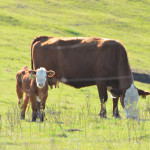
Keeping calves healthy upon entry to the feedlot
A career veterinarian offers production advice in keeping calves healthy in the feedlot
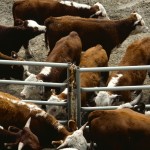
Beef 911: Factors which can contribute to bullers in feedlots
Close observation and working with your vet on a customized plan are key to dealing with this problem
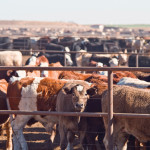
Preconditioned calves pay big dividends after decades
Preparing calves for the feedlot reduces antibiotic use and improves feed efficiency and animal health
Should you precondition your cattle?

Putting grazing theory into practice
Clayton Robins suggests a grazing system of high-energy forage can hone the best gains while regenerating pastures
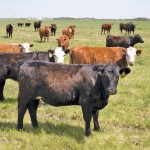
McDonald’s makes progress with sustainable beef pilot project
McDonald’s is looking for cattle producers throughout Canada to participate in pilot project looking at the sustainable production
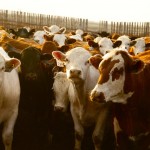
Beef industry travelling to a different drummer this year
After an extraordinary year in which all animal industry saw higher prices, beef stands alone in the continuation of lower production

Antimicrobial use in feedlots could be slashed, say experts
Simple management changes, like pre-weaning vaccinations, can greatly increase immunity in cattle
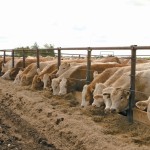
Keeping feed consistent key for cattle rumen health
Cattle — and microbes in their rumens — need a consistent supply of both dry matter and nutrients to improve performance and reduce digestive diseases


